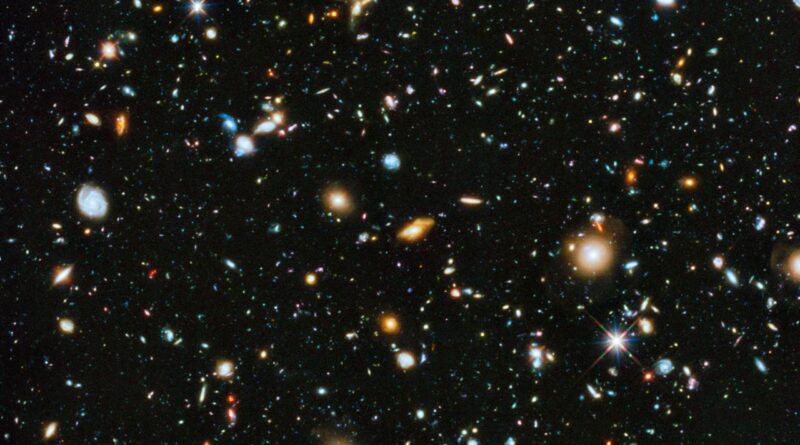Space Is The Place: The Night Sky Over Belper, February 2023
In the Night Sky Over Belper. Comet ZTF, CPRE Star Count 2023, Jupiter, Mars and Venus on view.
Space Missions in 2023
The Virgin Orbit launch of the “Start Me Up” mission from the Newquay Spaceport in Cornwall failed to put its payload of satellites into orbit. There will be an investigation into what went wrong. Virgin Orbit will continue to launch its payloads from other sites -the next planned launch is from Mojave, USA in February. In a press release Virgin Orbit have stated that they “anticipate returning to Spaceport, Cornwall for additional launches and, is in active discussions with key government and commercial stakeholders in the UK to start planning mission opportunities for as soon as later this year”.
CPRE Star Count 2023
A reminder that the CPRE, The Countryside Charity, will be inviting people to join in their annual Star Count, taking place between the 17th and 26th of February.
By signing up you can help the CPRE to identify where light pollution is a problem and where the darkest skies across the country are.
It is easy to take part – you can do your Star Count from your garden, balcony, doorstep or even bedroom window! All you have to do is count the stars you can see in the constellation of Orion.
The CPRE will use the evidence you collect to advocate for better-controlled lighting and to offer advice about what can be done to reduce local light pollution.
You can sign up here: CPRE star count 2023
See the headline image above, courtesy of NASA images, for a deep field view of our universe.
Comet C/2022 E3 ZTF
Comet C/2022 E3 ZTF seems to have caused quite a stir. A big part of the interest is that the Comet’s track has taken it through the constellations of the Plough, past the North star and Capella, alongside the constellation Auriga, past Mars and now it is in Taurus. These are all sights familiar to amateur astronomers. In that sense the Comet has been easy to track, it has also been relatively high in the sky. However, despite the usual clickbait media hype (eg, risibly claiming that a magnitude 6 object was “glowing in the sky”) it has been a faint comet: hard to see from anything other than a dark site – even through binoculars.
(At this stage it is worth noting that most of the images of the comet we see in the press / social media are those taken through set-ups dedicated to astro- photography. A camera lens allied with tracking will enable long exposures capable of showing the Comet’s green coma, and its tails. The resulting images have been impressive and, justifiably, the comet has been described as a good object for astro- imaging – see some results here).
I have made a number of attempts to view Comet ZTF from my back garden (using 10 x 50 binoculars) but was not able to make a positive sighting. Cloudy nights, light pollution, a brightening Moon and (sometimes) looking in the wrong place, have all made it difficult to find. Comet ZTF has proven to be an object not easy to find by just scanning the sky, i.e. you need to know where to look.
As such, the best way to see the comet was to use a decent finder chart, to find a dark sky site to view from, and to take, as a minimum, a good pair of binoculars (i.e 10 x 50 plus) with you.
On the 6th / 7th of February the comet was close to the bright star Capella. I looked using a dobsonian reflector, but could not make a positive identification. On following nights, the comet travelled alongside the constellation of Auriga. On the 11th of February the comet was in the vicinity of Mars and, as of the 14/15th, its path takes it through the constellation of Taurus.
I will continue to look, but in the knowledge that the comet is starting to fade and will be even harder to see as the nights go by.
The Moon
21st and 22nd February: A crescent Moon appears to be close to Venus and Jupiter (about half an hour after sunset).
The Planets
Mars is currently visible high in the evening sky. Look for it in the constellation of Taurus the Bull – where it makes a nice pairing with the red star Aldebaran. It is worth looking at the planet through binoculars – which will reveal the redness of its disc.
Jupiter shines brightly in the western part of the sky. Binoculars will show its moons, and a telescope will show a disc and some detail (e.g. banding).
Venus shines as the Evening Star in the south-west in the early evening, just after sunset, bright and unmistakable. The crescent Moon forms a nice pairing with Venus and Jupiter on the nights of the 21st and the 22nd.
The International Space Station
The International Space Station is one of the brightest objects in the night sky. It is not hard to spot and flies-past periodically throughout the year. Fly-pasts tend to swing from PM to AM. Typically it will be in the sky for up to four minutes at a time – slowly moving across the sky, at first bright and then fading as it moves away from us and over the horizon.
ISS is tracked by NASA’s spot the station website. Spot the Station gives the time, duration and direction of sightings. It is very accurate and the space station always arrives on time. It is best to be in position around 5 minutes before the predicted sighting – otherwise you may miss it. In addition to the Spot the Station site you can also sign up to the Alerts Site – which gives advance warning of the most prominent sightings.

